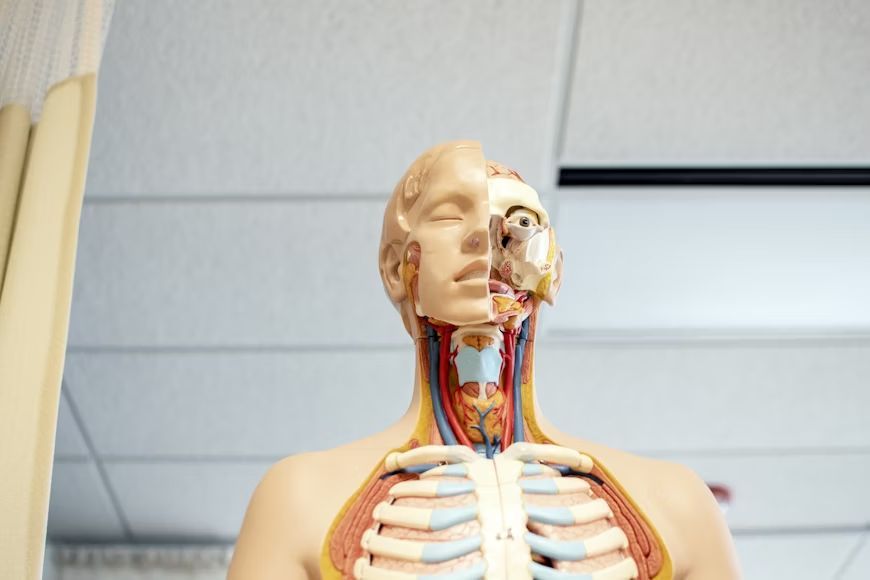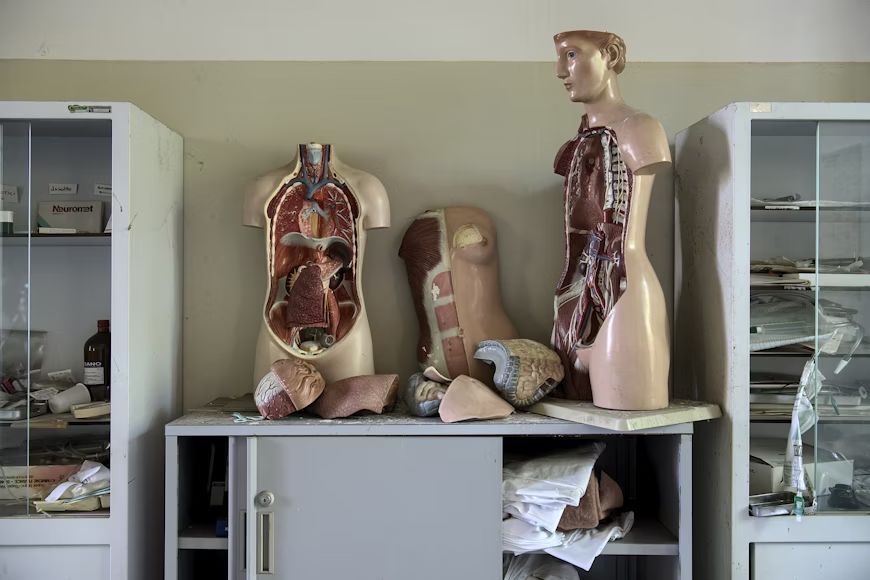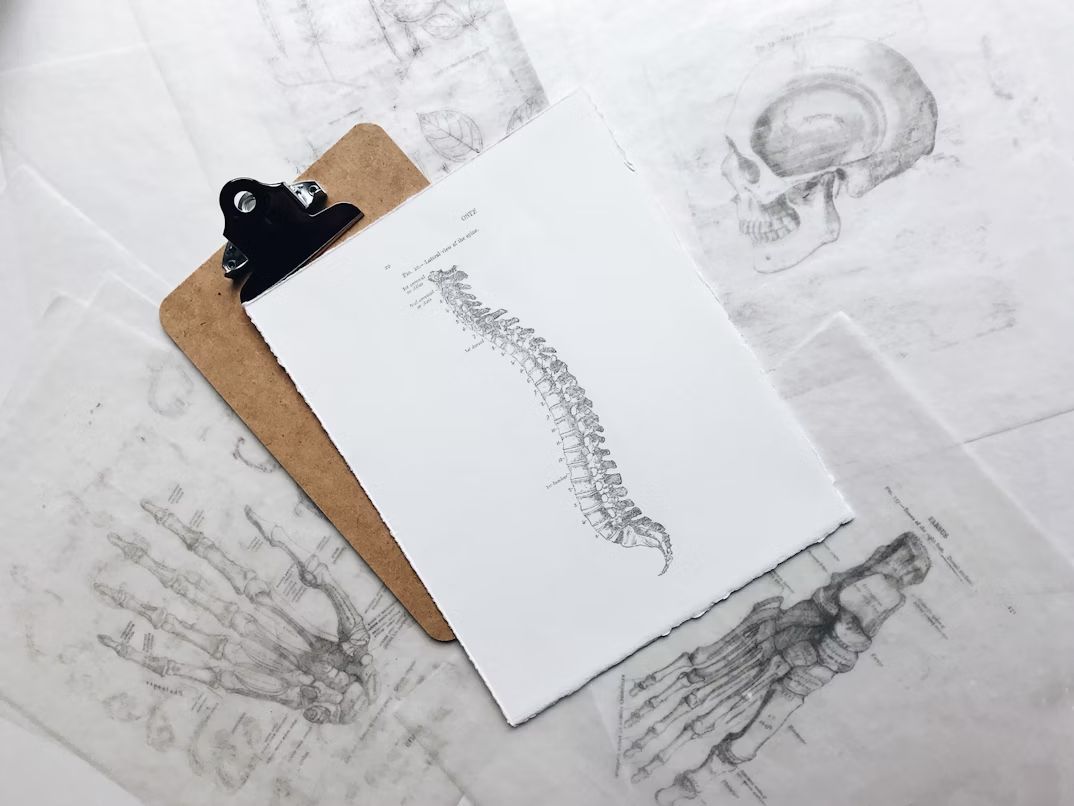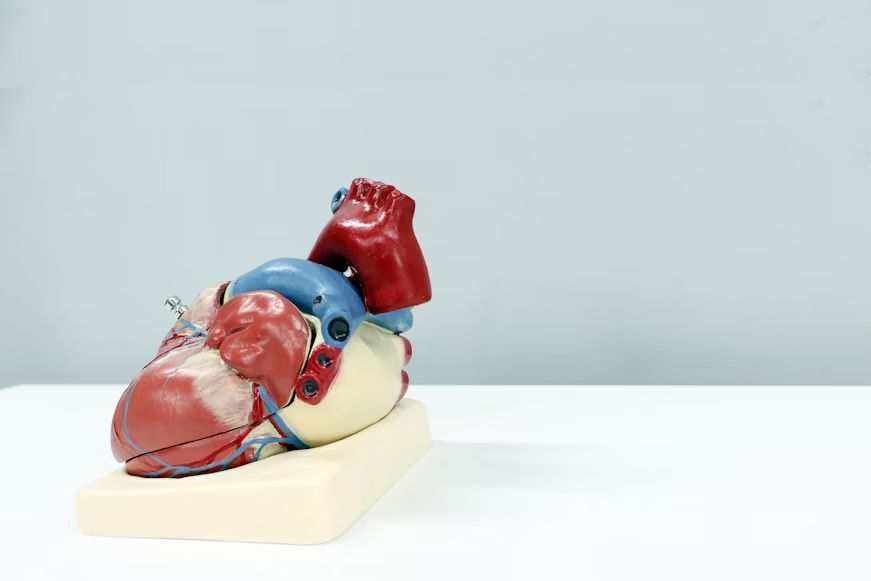Doctor’s order
From Alzheimer's to Warfarin: 12 medical terms with cool backstories
Published on August 10, 2025
 Credit: Marcelo Leal
Credit: Marcelo Leal
Have you ever wondered how some medical conditions or terms got their names? Many are eponyms, which is just the fancy word for names borrowed from the people or places connected to their discovery or history. These aren’t just labels, they’re stories! From famous doctors like Parkinson to unexpected connections (hello, Lou Gehrig!), these names make medicine a bit more human. Today, let’s explore some fascinating medical eponyms you’ve probably heard of. Spoiler: some of these might sound oddly familiar for good reason!
Alzheimer’s Disease
 Credit: Robina Weermeijer
Credit: Robina Weermeijer
Alzheimer’s disease is a tough one; it’s the most common cause of dementia in older adults. It’s named after Alois Alzheimer, a German doctor who first described the brain changes in a patient in 1906.
The patient had severe memory loss, which turned out to be due to plaques and tangles in the brain. While there’s no cure yet, treatments can help manage symptoms. Now, here’s the twist: Alois didn’t name the disease after himself; others did!
If forgetting your keys worries you, remember that occasional memory lapses are normal. So don’t sweat it unless it’s a daily struggle.
Parkinson’s Disease
 Credit: Juliet Furst
Credit: Juliet Furst
This disorder, marked by tremors and slowed movement, got its name from James Parkinson, a London doctor. In 1817, he wrote about "shaking palsy" and described six patients with these symptoms. Later, scientists added more details, but the name stuck.
Parkinson’s is caused by a lack of dopamine in the brain, which acts like a chemical messenger for movement. Modern treatments include medications and therapies to improve quality of life. James would probably marvel at today’s advances. Remember, staying active helps keep your body and brain sharp!
Babinski sign
 Credit: Isaac Del Toro
Credit: Isaac Del Toro
Joseph Babinski’s name lives on through a simple but revealing reflex test. In 1896, he noticed that stroking the foot’s sole made the toes fan out in babies but curl in adults. If adults show the baby's response, it signals a problem in the nervous system.
It’s an important tool for diagnosing brain or spinal cord issues. Babinski’s discovery is still used in clinics worldwide. Don’t you simply want to try it out right now? Who knew feet could reveal so much?
Hodgkin’s Lymphoma
 Credit: Nhia Moua
Credit: Nhia Moua
Named after Dr. Thomas Hodgkin, this type of cancer affects the lymphatic system, your body’s drainage network.
In 1832, Hodgkin described several patients with swollen lymph nodes and weight loss. Though rare, it’s one of the most treatable cancers today. Treatments include chemotherapy, radiation, or newer immunotherapies.
Hodgkin’s curiosity paved the way for breakthroughs in cancer care. So, if you ever hear the term, know it’s backed by a history of determined research. Science sure knows how to make lemonade out of lemons!
Crohn’s Disease
 Credit: v2osk
Credit: v2osk
Crohn’s disease is an inflammatory bowel disease that can mess with your digestion. It’s named after Dr. Burrill Crohn, who, in 1932, described cases of severe intestinal inflammation. The exact cause? That’s still a mystery, but genes, environment, and immune system quirks play a role.
Symptoms may include pain, diarrhea, and weight loss, but treatments like medications or surgery can help. Burrill wasn’t the sole researcher on this, but his name took the spotlight. If your stomach’s giving you trouble, you’re not alone. Crohn’s is actually more common than you’d think.
Addison’s Disease
 Credit: Sander Sammy
Credit: Sander Sammy
Do you usually feel weak and tired for no clear reason? Thomas Addison might have an answer.
In 1855, he linked strange fatigue and weight loss to damaged adrenal glands. These glands, above your kidneys, produce hormones that keep you balanced. Addison’s disease happens when they don’t, leading to symptoms like low blood pressure and craving salty snacks. Can you relate? Thankfully, hormone replacement therapy can fix this.
Addison’s knack for connecting the dots helps countless people manage their symptoms today. So next time you grab chips, thank your adrenal glands!
Graves’ Disease
 Credit: National Cancer Institute
Credit: National Cancer Institute
This thyroid condition got its name from Robert J. Graves, an Irish doctor, in the 1830s. It causes hyperthyroidism, leading to weight loss, anxiety, and even bulging eyes.
Graves was a pioneer, and his work brought attention to autoimmune diseases. Though not life-threatening, it can feel quite overwhelming without treatment, which includes medications or sometimes surgery.
Graves didn’t seek fame; his patients’ relief was all he wanted. If your energy feels through the roof, maybe get that thyroid checked; it might just be doing overtime.
Lou Gehrig’s Disease
 Credit: Joyce Hankins
Credit: Joyce Hankins
You may know this one as ALS, or amyotrophic lateral sclerosis. But its former name was after Lou Gehrig, a beloved baseball player. Of course, he wasn’t the one to discover it, but the one who got it.
Diagnosed in 1939, Gehrig brought attention to this muscle-weakening condition. It affects the nerves controlling voluntary movements like walking or talking. While the cause is still unclear, ongoing research holds promise.
Marfan Syndrome
 Credit: Ali Hajiluyi
Credit: Ali Hajiluyi
Antoine Marfan, a French pediatrician, described this connective tissue disorder in 1896. It affects the body’s scaffolding and makes people tall with long limbs and sometimes heart issues. Famous figures like Abraham Lincoln are thought to have had it!
Early diagnosis is key since heart complications can be serious. Treatments, including regular check-ups and medications, help manage symptoms. Marfan’s legacy ensures people with this syndrome lead long, full lives.
Cushing’s Syndrome
 Credit: jesse orrico
Credit: jesse orrico
Harvey Cushing, an American neurosurgeon, found this hormone imbalance in 1932. It happens when cortisol levels are sky-high, causing weight gain, round faces, and mood changes.
The condition often results from a tumor in the adrenal or pituitary glands. Cushing’s meticulous work brought clarity to these puzzling symptoms.
Today, surgery or medications can restore balance. If stress feels like it’s taken over your body, it might be time for a check-up. Cushing showed us that even hormones need boundaries!
Tourette Syndrome
 Credit: Online Marketing
Credit: Online Marketing
Named after Georges Gilles de la Tourette, this condition is marked by repetitive movements or sounds called tics. He described it in 1885 while working with neurologist Jean-Martin Charcot.
Though it can be tricky to live with this syndrome, many people lead successful, fulfilling lives. Treatment often combines therapy and medications. Tourette’s work laid the foundation for understanding neurological quirks. If you know someone with tics, patience, and kindness go a long way. After all, everyone’s brain dances to its own rhythm!
Warfarin
 Credit: Ksenia Yakovleva
Credit: Ksenia Yakovleva
Syndromes are not the only things named after the people who first described them. That also happens with some drugs.
Named after the Wisconsin Alumni Research Foundation (WARF), warfarin actually started as rat poison! In the 1920s, scientists discovered its blood-thinning properties after cattle ate spoiled clover. It became a life-saving drug for preventing blood clots and strokes.
Don’t worry, it’s safe for humans in controlled doses. If you’re on it, take pride in modern medicine’s quirky history. Just remember to follow your doctor’s orders to stay safe!












